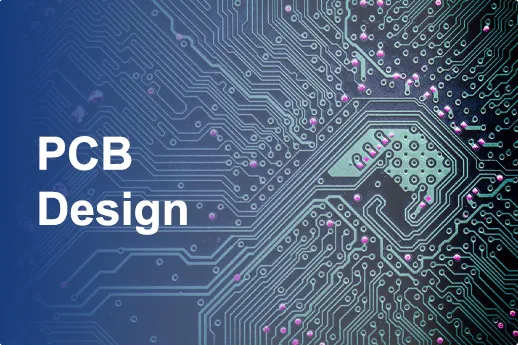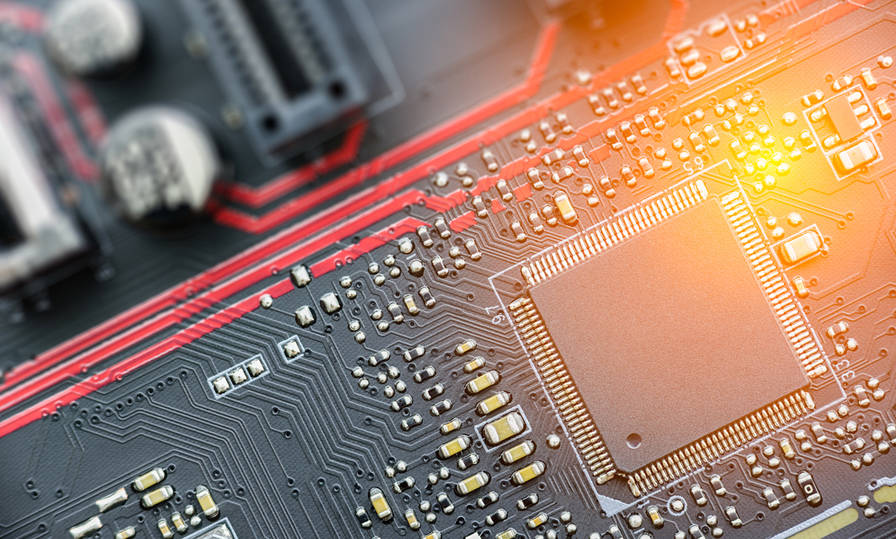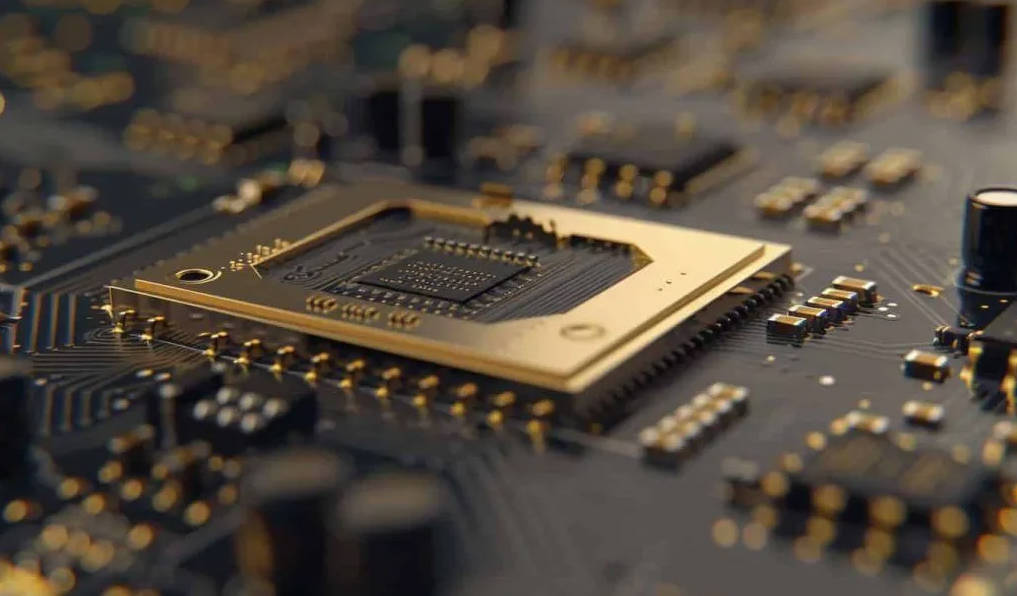In the PCBA processing process, panel splitting is an indispensable link. The application of panelization technology not only improves production efficiency, but also reduces the processing cost of a single board. However, how to choose the appropriate panel splitting method and what to pay attention to during the splitting process are the key to ensuring product quality and production efficiency.
The basic principles and processes of PCBA panel splitting
In the PCBA processing process, panelization refers to combining multiple identical or different small PCB boards into a large board, which is assembled, welded and tested through a unified processing process. After completing these processes, splitting refers to the process of disassembling this large board into individual small boards. The advantages of panelization include saving materials, improving production efficiency, and reducing production costs, while splitting is an important step to ensure that each small board can be used independently.
When designing the panel, the layout and spacing of the board should be considered so that the subsequent splitting operation will not affect the components or circuits on the board. During the splitting process, it is necessary to ensure that the components will not be damaged or short circuits will be caused, and ensure that the finished board meets the quality requirements.
Common PCBA panel separation methods;
Depending on the production needs, board structure and process requirements, PCBA panel separation methods are mainly divided into two categories: manual panel separation and machine panel separation.
1. Manual panel separationManual panel separation is usually suitable for situations with simple structure, small output or limited budget. Manual panel separation tools are mostly simple tools such as pliers and knives. Operators need to have rich experience to ensure that the PCB and its components are not damaged during panel separation.
– Advantages: low cost, suitable for small batch production; good applicability for simple panel design.
– Disadvantages: low efficiency, and due to manual operation, the panel separation results of different workers may vary, and there is a certain quality instability. In addition, manual panel separation will also increase labor costs and may cause damage to components.
Machine panel separation is suitable for mass production, which can ensure quality consistency and panel separation accuracy. Currently, the commonly used machine panel separation methods mainly include milling cutter panel separation, V-CUT panel separation and laser panel separation.
– Milling cutter board splitting: The milling cutter board splitting machine uses a high-speed rotating milling cutter to cut the jigsaw puzzle into single boards. The milling cutter board splitting precision is high and can cut boards of complex shapes.
– Advantages: high cutting precision, little damage to the board and components; suitable for jigsaw puzzles of various shapes.
– Disadvantages: high equipment cost, suitable for mass production; milling cutters are easy to wear and need to be replaced regularly.
– V-CUT board splitting: V-CUT board splitting is suitable for boards with straight line cutting. When designing the jigsaw puzzle, a V-shaped groove is pre-cut along the dividing line on the back of the board. When splitting the board, the board splitter applies external force at the V-shaped groove to break the board.
– Advantages: fast board splitting speed and high efficiency, suitable for boards with straight line cutting.
– Disadvantages: only suitable for straight line cutting, and the stress generated during the cutting process is large, which is easy to damage the components on the board.
– Laser board splitting: The laser board splitting machine uses a laser beam to cut the jigsaw puzzle into single boards. Laser panel separation has extremely high precision and no mechanical stress, and is suitable for high-density and high-precision PCB boards.
– Advantages: no mechanical stress, extremely high cutting precision, and less impact on components; suitable for high-density and complex boards.
– Disadvantages: The equipment cost is extremely high, suitable for high-end and large-volume production scenarios.
Matters needing attention during PCBA panel separation
During the panel separation process, special attention should be paid to the following key matters to ensure the quality of the finished product and reduce losses:
1. Protect components: When separating the panels, ensure that the components are not damaged. When using machine panel separation, the appropriate panel separation method should be selected according to the characteristics of the board and components. Especially in milling cutter and V-CUT panel separation, it should be noted that the stress generated during the cutting process may damage the components.
2. Avoid short circuit problems: During the panel separation process, it is necessary to avoid damage to the PCB circuit to avoid short circuits. When manually separating the panels, be careful when cutting to prevent damage to the circuit. Machine panel separation should ensure cutting accuracy and reduce errors.
3. Reasonable panel design: During the panel design stage, reservations and plans should be made for the subsequent panel separation process. For example, in V-CUT panel separation, the position and depth of the dividing line should be reasonably designed to ensure that the panel separation process will not affect the board structure. For milling cutter panel separation, sufficient space should be reserved for the smooth operation of the cutting tool.
4. Control of cutting stress: Cutting stress has a greater impact on components, and panel separation methods with less stress should be selected as much as possible, such as laser panel separation. For boards that require V-CUT, the speed and force of the cutting machine should be ensured to reduce the impact of stress on the board.
5. Pay attention to operational safety: Whether it is manual or machine panel separation, operators need to wear protective equipment to avoid accidents caused by tool or equipment problems during operation. In addition, the force needs to be controlled during cutting to prevent damage or splitting of the board.




